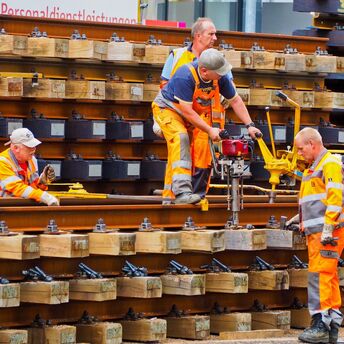Inside the Summer Festival of Northern Japan That Brings Giant Paper Lanterns to Life

Every August, the Aomori Nebuta Festival in northern Japan transforms the streets with giant, illuminated paper lanterns. Dating back to the 8th century, this celebration showcases massive floats depicting historical and mythical figures, some towering over 75 feet tall.
For a week, the air in Aomori prefecture is filled with the scents of fresh apple juice and crispy fried chicken, while the sounds of kane bells and taiko drums create a lively atmosphere. The festival's centerpiece is the impressive floats, covered in intricately painted washi paper, displaying motifs inspired by ancient folklore and history.
Locals participate by donning colorful costumes and joining the procession, dancing and chanting "Rassera!" The parade covers approximately six miles, with judges evaluating the artistry and craftsmanship of each float. This vibrant tradition stems from the Tanabata festival, aiming to chase away bad spirits and invigorate the farming season.
While the main event is held in Aomori City, Goshogawara and Hirosaki host their own unique versions. Goshogawara is renowned for its tall floats, while Hirosaki retains a more traditional approach with simpler, shell-shaped designs. Despite the festival's deep-rooted traditions, it continues to adapt and evolve.
Today, only two Nebuta Masters, Hiroo Takenami and Takashi Kitamura, remain active in Aomori City. These artisans dedicate their lives to crafting the elaborate floats, a multi-decade process that requires immense skill and dedication. Despite the demanding nature of their work, the pay is minimal, resulting in high dropout rates among aspiring artisans.
Takenami, excited about this year's float for Japan Railway, emphasizes the importance of city support for future generations of Nebuta artisans. Kitamura, reflecting on his own journey, believes the dedication required is immense, with many artisans taking on additional jobs during the off-season to sustain themselves.
The Nebuta Festival has also begun to include female artisans, a significant step towards inclusivity. Asako Kitamura, the first female artisan, has achieved recognition and respect in the field, emphasizing the unique perspectives women bring to the craft.
Environmental concerns have led to the adoption of LED lights and solar panels for the floats, reducing their energy consumption. The Nebuta Museum Wa Rasse and local high schools also encourage the next generation by hosting competitions and forming Nebuta clubs.
Hiroo Takenami aspires for Nebuta to be globally recognized as its own genre of art. The ongoing efforts to modernize and sustain this ancient tradition ensure that the Nebuta Festival continues to captivate and inspire.



















